A Conversation with Hogir Hirori & Antonio Russo Merenda (SABAYA)
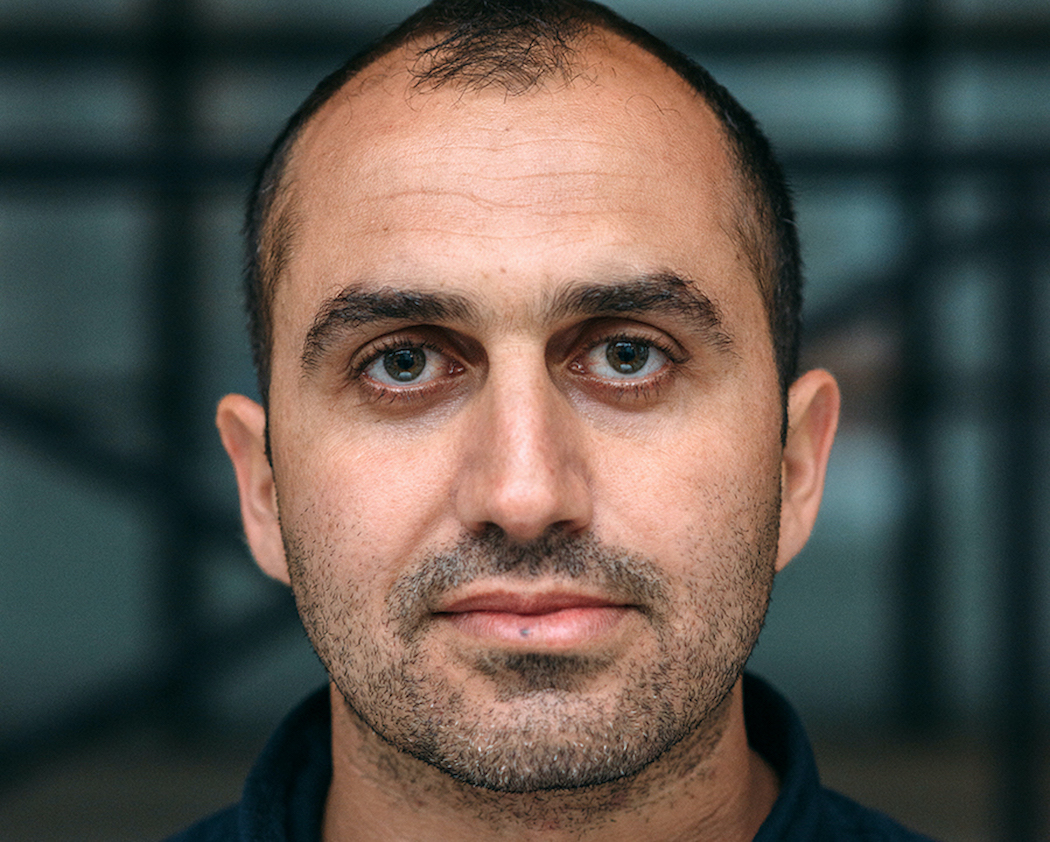
I watched and reviewed director Hogir Hirori’s searing documentary, Sabaya, which tells the harrowing tale of how the Syria-based Yazidi Home Center rescues kidnapped Yazidi women from the clutches of ISIS, at the 2021 Sundance Film Festival. Beyond the vitally necessary tale he tells, Hirori also impresses with his willingness to put his own life in danger to shoot the movie (he is also the cinematographer, as well as editor). As MTV Documentary Films prepared to release Sabaya on July 30, I had a chance to speak with both Hirori and his producer, Antonio Russo Merenda, about the production. Assisting my conversation with the director was interpreter Hanna Valenta. Here is a condensed digest of our conversation, edited for length and clarity.
Hammer to Nail: So, you are Kurdish, born in Kurdistan, and now live in Sweden. Could you just briefly tell me about your own journey to where you are now?
Hogir Hirori: I have been a refugee almost all my life, and had to flee and leave my home many times over during my childhood, together with millions of other Kurds. In 1999, I left my home country and fled all the way to Sweden; since then I have lived only in Sweden. When I came to Sweden, I just tried to forget everything that I had experienced, all the bad things I’d seen, my childhood, and to focus on my life here in Sweden. I have a family, I have a wife, I have two children and a normal job here in Sweden, but then everything changed when ISIS attacked the Sinjar province in 2014.
HtN: And clearly you are very much at home in Sweden, because if I’m not mistaken, you are indeed speaking Swedish right now, so this is your home.
HH: Yes, Sweden is my home; Sweden is the country that has given me the possibility to do what I do today.
HtN: That’s great. In general, European countries seem to be far kinder to their documentary filmmakers, in terms of funding, than the United States. So, when and how did you decide to make this film? Was it in 2014 when ISIS invaded? Was that the key moment?
HH: Sabaya is the third film in a trilogy of documentaries. The first one was called The Girl Who Saved My Life, which I made after the events of 2014, and then I made a film called The Deminer. When I was making my first film, The Girl Who Saved My Life, I met a lot of families whose girls – whose daughters and wives – had been kidnapped by ISIS.
HtN: You are also the cinematographer of this movie, and I’m wondering, was it just you riding along with your subjects or did you have other crew with you, as well?
HH: For Sabaya, we initially wanted to bring a whole film team down to film, do lighting, and help me with everything that I needed, but the situation got worse and worse and became too dangerous to bring anybody else along. So, eventually, I decided to do it on my own, so it’s only me filming and doing everything else. I had one person, just as an assistant, to help me with administrative stuff, but otherwise, I’m doing everything for the documentary, myself.
HtN: How about with sound? Did you just have a mic on the camera or were you able to work out some kind of dual-system sound recording?
HH: I have worked a lot as a cinematographer before, so I have a lot of experience doing that work, so I know exactly how to work a camera, sound and anything that’s needed. So, I always had different types of cameras ready and everything rigged on my subjects, on me, or externally.
HtN: What was the primary camera you used to film this?
HH: A Canon C300 Mark II, but I also had different kinds of other cameras that I used depending on the situation and the day.
HtN: Antonio, what was your role in helping Hogir make this film? When did you come in?
Antonio Russo Merenda: Well, I was involved in Hogir’s previous films, basically with the whole trilogy. The first film we made, The Girl Who Saved My Life, was a film that I supported when I was working as a film commissioner at the Swedish Film Institute. That’s how we met. I kind of immediately trusted that Hogir was going to make a great story out of that. There was also the way that the first film was filmed where he was actually going to cope with his own trauma as a refugee. I thought it was extremely interesting.
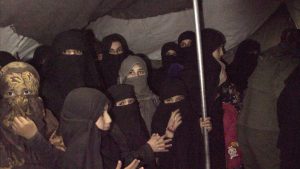
A still from SABAYA
Then I ended my mandate as a film commissioner and met with Hogir because we kept in contact, and then he actually approached me with this second film of the trilogy, The Deminer, and that was an extremely interesting experience. We had a very, very close collaboration. And to my surprise, Hogir is very unique as a director and as an editor, because he’s probably the only one that I have ever worked with who is always very happy to have his producer in the editing room; almost for three months in a row! Usually, with directors and editors, they just want the producer to get out of there, but with Hogir, we had a very, very close collaboration; a very creative collaboration, I would say.
After The Deminer, Hogir mentioned Sabaya, the third film, and I also felt that it was definitely something that we should work on. Then, of course, it took some time, and there were a lot of difficulties, but we managed, despite the pandemic. We had a lot of obstacles, but we were very lucky, considering the circumstances. But as I said, we work very, very closely. I don’t have that kind of close collaboration with anybody else that I work with. So I’m very, very, I would say, extremely pleased to have the kind of very strong creative relationship with Hogir. So far, so good.
HtN: Well, Hogir may have been happy to have you in the editing room for three months, but were you happy to be in the editing room for three months? (laughs)
ARM: Well, to be honest, when we did the previous film, I was probably surprised at the beginning that he actually really wished me to be there. As I said, according to my previous experiences, that was very unique, and I was almost suspicious in the beginning. I mean, why does he want me to be there every day? But then I realized that that was actually very exciting, and there was a lot of that, so I learned a lot through that process, too.
During the editing on Sabaya, it felt very, very natural. We had to deal with a lot of difficulties because the pandemic made us change our plans, drastically. But that was also an interesting thing because it made us look at our material, that we already had, with totally different eyes. So we started to look at things like, “Okay, this is what we have, so we will not have the chance to rebuild another story, this is what we have, let’s look at it with different eyes.” And it was a very interesting process and very exciting because it gave us a lot of surprises, and very positive ones. That allowed us all to complete the film, so in that sense, we were very lucky that it turned out that way.
HtN: Excellent. Hogir, returning to the subject of danger, one of the things that impressed me the most in your movie is that danger. How often did you feel as if you personally might be in grave danger? Because some of those scenes are very harrowing.
HH: I felt the dangers mostly when I came back to Sweden and I actually had time to reflect on them, because within a couple of days, when I got down to Syria, I just got into the everyday life, because the dangers are an everyday life occurrence for these people. So it just became a part of normal life. But to talk about the dangers that I actually did face, for example, the car-chase scene, that actually happened three times. There was that one time I was able to film, but during the two other times, it was just too dangerous. I wasn’t allowed by the rest of the crew or the Yazidi Home Center to film because it would have been too dangerous. At that time, during those times, I actually did think that these might be the last moments of my life.
HtN: Wow! You took a lot of risks but you ended up with a very important film. So thank you for doing that, and I’m sure the people at the Yazidi Home Center thank you as well. Speaking of the Yazidi Home Center, at one point, your subject Mahmud, along with others at the center, sees that all their crops, which they sell to earn money, have been burned. Has anything worse happened? I mean, that’s bad, but it could be worse: there could be direct attacks on the Yazidi. Has anything since you’ve finished filming happened that has escalated those attacks?
HH: The Yazidi Home Center has been a target of ISIS for a very long time, so they often have to change the way they work to be able to sort of outsmart ISIS. So, what has happened since I stopped filming is that, unfortunately, Zihad, who works alongside Mahmud, became an increasing target of ISIS, and ISIS expressed many threats that they would kill him. In the end, it got so bad that the Yazidi Home Center knew almost certainly that ISIS would come to kill Zihad within a couple of days. They made the decision to remove him from the Yazidi Home Center and to relocate him to another country, where he is now, and where he has to stay permanently.
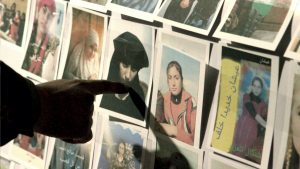
A still from SABAYA
HtN: Well, I’m sorry for Zihad and I’m sorry for the Yazidi Home Center. So, I haven’t seen the first two films in this trilogy, and one thing that Sabaya left me wanting a little bit more of is the story of the women who are kidnapped, but it sounds like you do that in at least one of the other films. So, can you just briefly break down what you tell in both The Girl Who Saved My Life and The Deminer?
HH: For The Girl Who Saved My Life, I went down to Iraqi Kurdistan the day after the attack happened, and there I just do a portrait of different families, and their fate, and the way that they flee from the situation, and the way that they cope, and what happens.
In The Deminer, it takes place when the Kurdish forces have reclaimed the area that was taken by ISIS, and is about a man who has lost a leg and a little bit of his eyesight. He goes around disarming mines with just a pair of clippers, in the area where the attack happened. He saves thousands of lives, but in the end, unfortunately, he dies in an explosion. What I want to mostly tell through my films is the consequences of war, the real consequences of war on an entire society, and even consequences that remain long after the war has ended.
HtN: Well, thank you for your work, and thank you, Antonio, for working with Hogir. I really enjoyed Sabaya, and I’d love to go back and watch your first two films, as well. And thank you Hanna, for translating today.
HH: Sure, no problem.
ARM: Thanks for having us.
– Christopher Llewellyn Reed (@ChrisReedFilm)








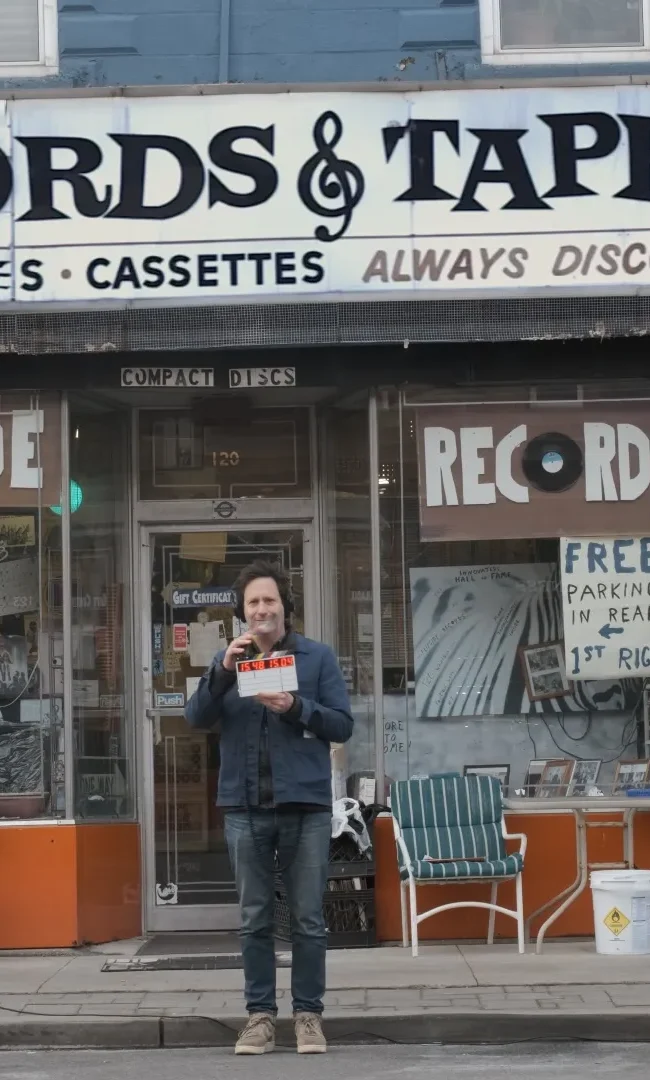
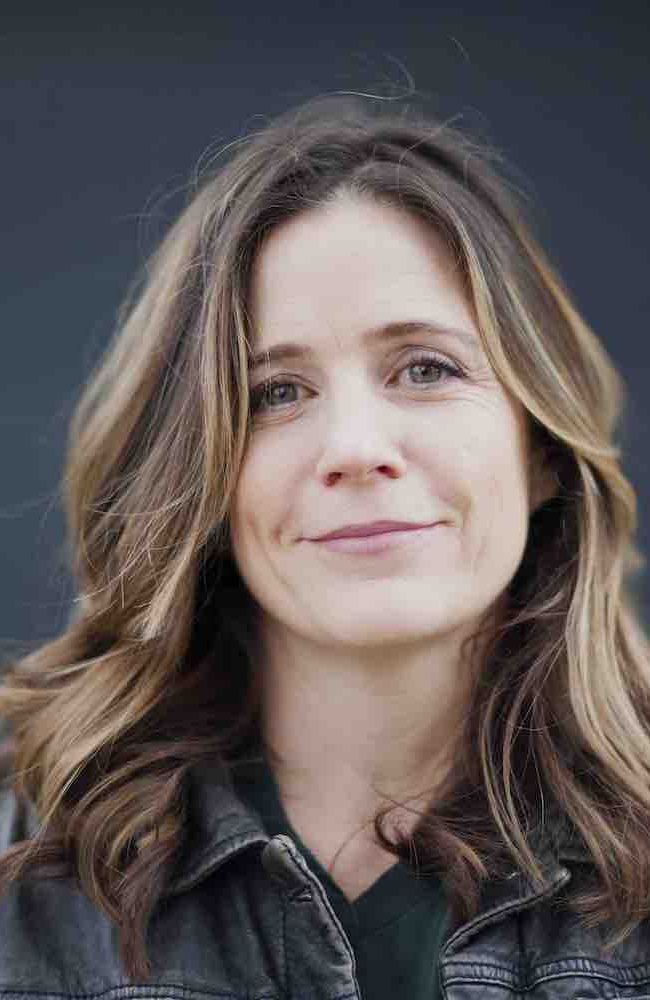


Pingback: Review of SABAYA • HEDMARK🎬